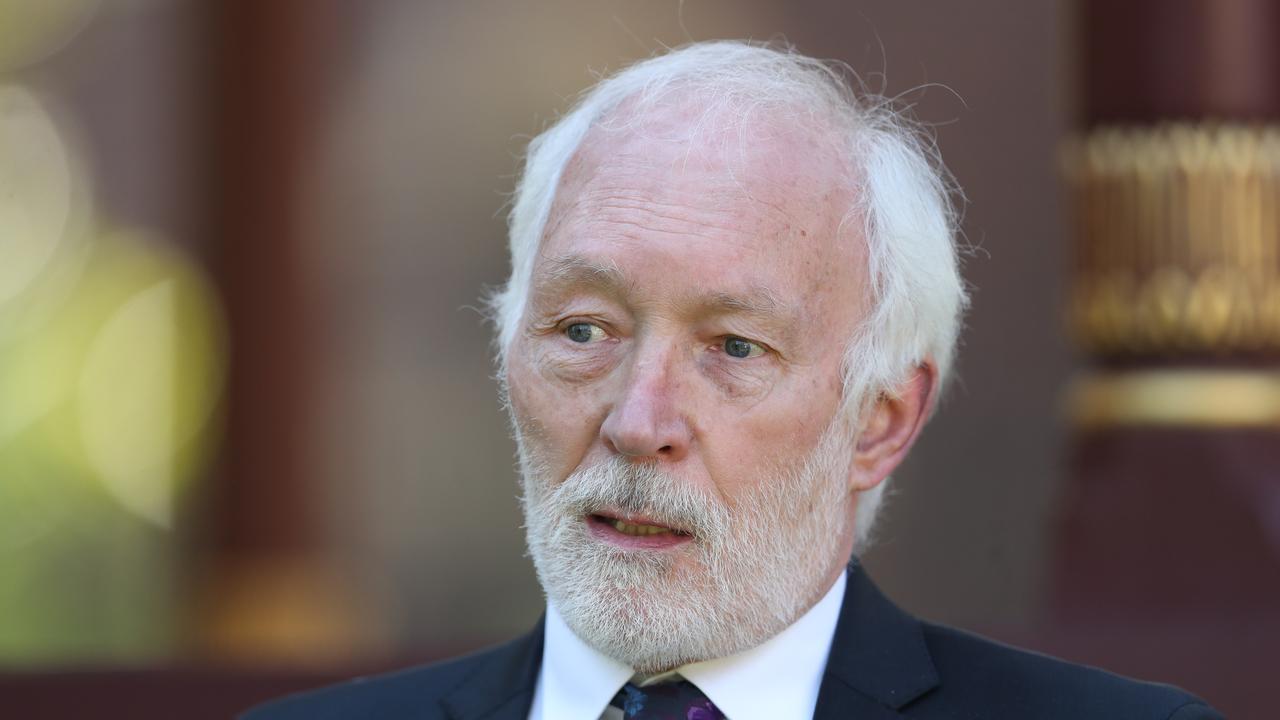The enduring heartbreak of a preventable fatal disease
Experts say rheumatic heart disease should no longer occur in Australia, yet it could lead to more than 500 preventable deaths.

A disease experts say should no longer occur in Australia could lead to more than 500 preventable deaths and cost $317 million in healthcare by 2031 if not halted.
Rheumatic heart disease and its precursor, acute rheumatic fever, affects more than 4500 people, almost all of them Aboriginal or Torres Strait Islander children and teenagers.
A report into the cost of inaction, published today, found the burden of disease for another generation of sufferers will continue to fall on those communities.
Lead author Rosemary Wyber, from the Telethon Kids Institute in Perth, said the report predicted 1370 people with the disease would need heart surgery and 563 would die if the disease progresses.
“As a GP working in remote communities I have seen first-hand the toll of rheumatic heart disease and the devastating impact it has on families and communities,” she said.
“This suffering is preventable.”
The Cost of Inaction on Rheumatic Heart Disease report looked at four jurisdictions with the highest recorded burden of disease — Western Australia, South Australia, the Northern Territory and Queensland.
Researchers used hospital admissions and mortality data over the past two decades to estimate the number of cases likely to occur between mid-2016 and 2031.
Bowe Gregory, 19, was diagnosed with acute rheumatic fever as a six-year-old.
Each month the hotel worker drives two hours to Perth from the wheatbelt town of Dowerin to receive penicillin injections to control the disease.
“You can take daily medication but you’re prone to forget to take it,” he said.
Without long-lasting injections, his condition could lead to heart failure or stroke.
Born and raised in the Kimberley town of Broome, Mr Gregory said he knew “heaps of people” with the disease, including his niece, recently diagnosed, and his uncle, who died from the condition in 2010.
“He didn’t even make it to his mid-30s,” said Mr Gregory, a talented football player who has managed to keep playing because of effective treatment.
There is no cure for the disease, which is caused by a reaction to the Strep A infection, which thrives in unsanitary conditions.
Dr Wyber said the disease should no longer exist in a country such as Australia “yet our research predicts the human and economic toll will continue to rise if we don’t see an increase in resourcing”.



To join the conversation, please log in. Don't have an account? Register
Join the conversation, you are commenting as Logout